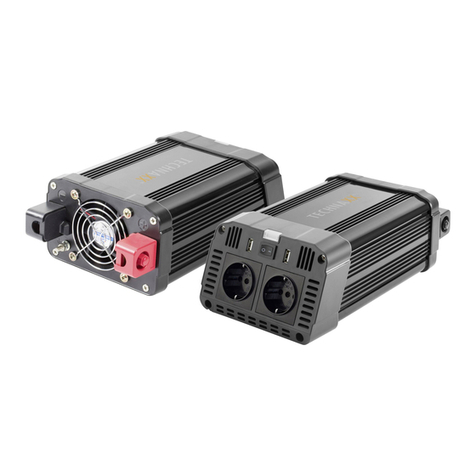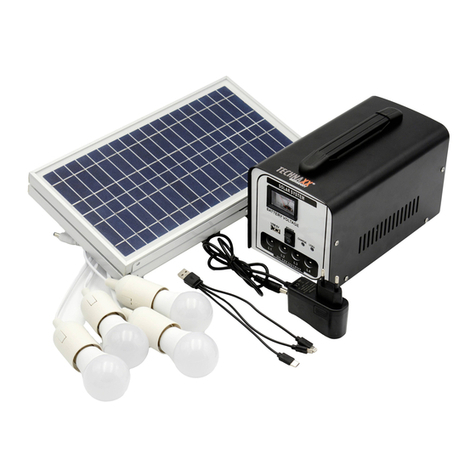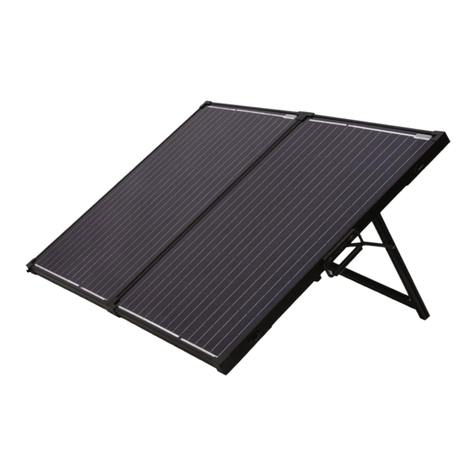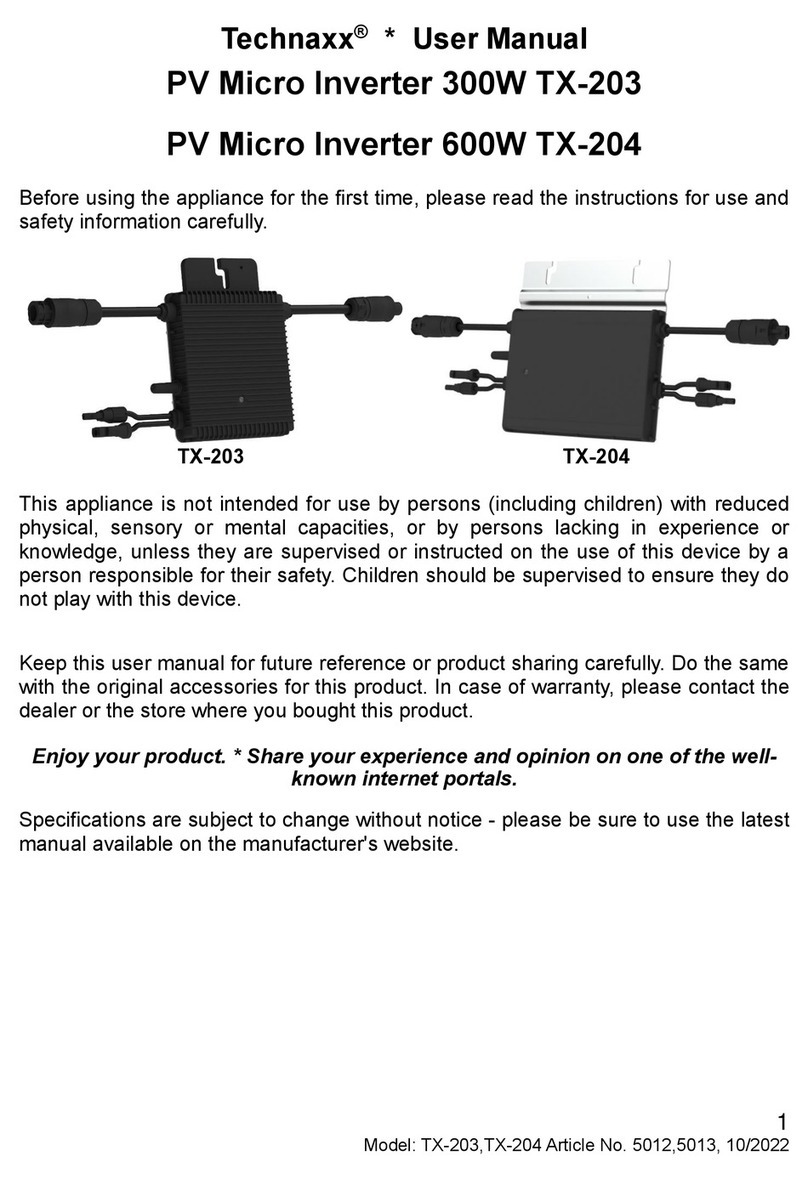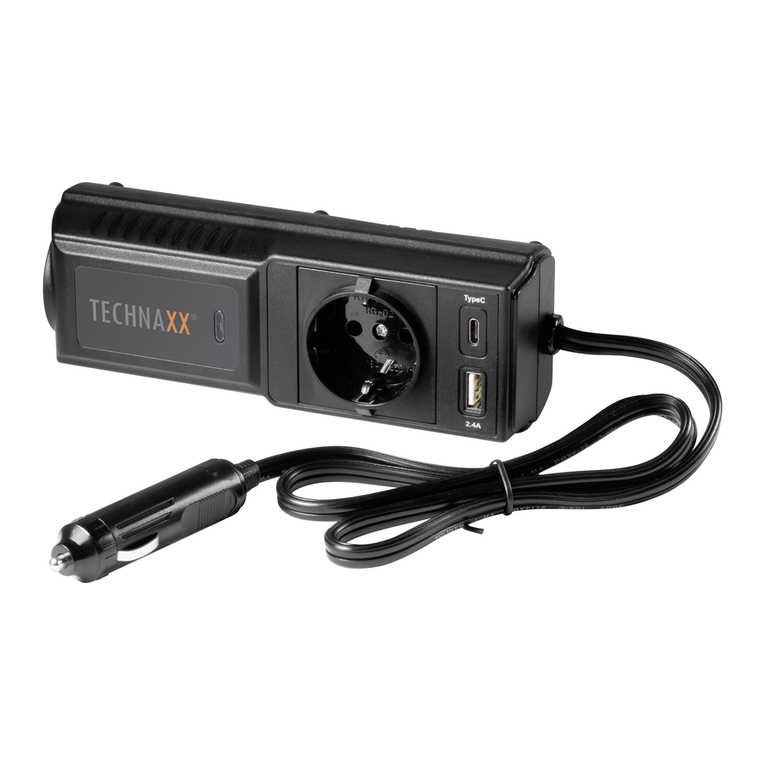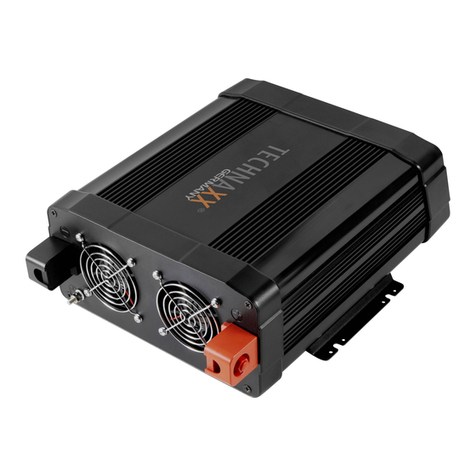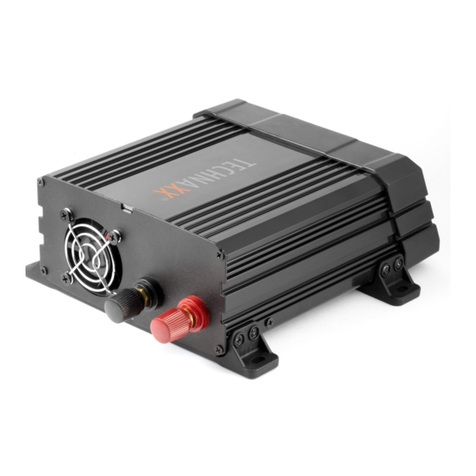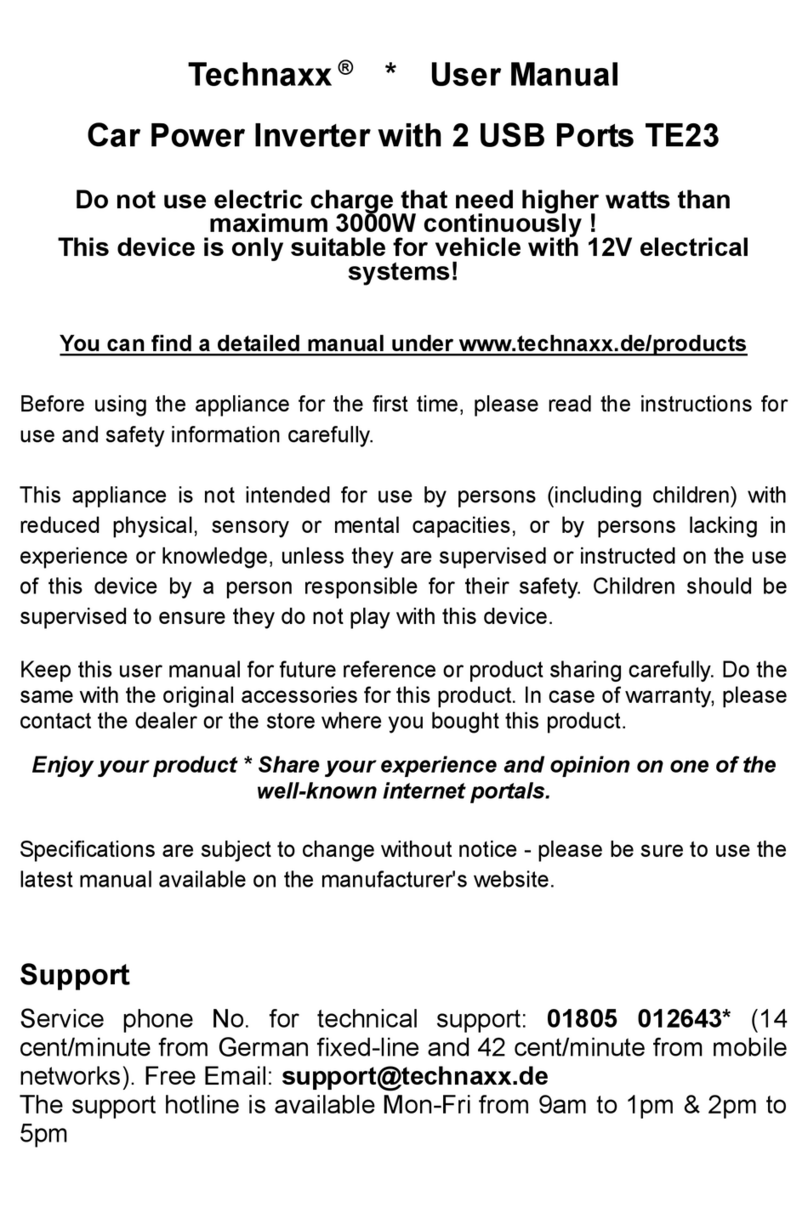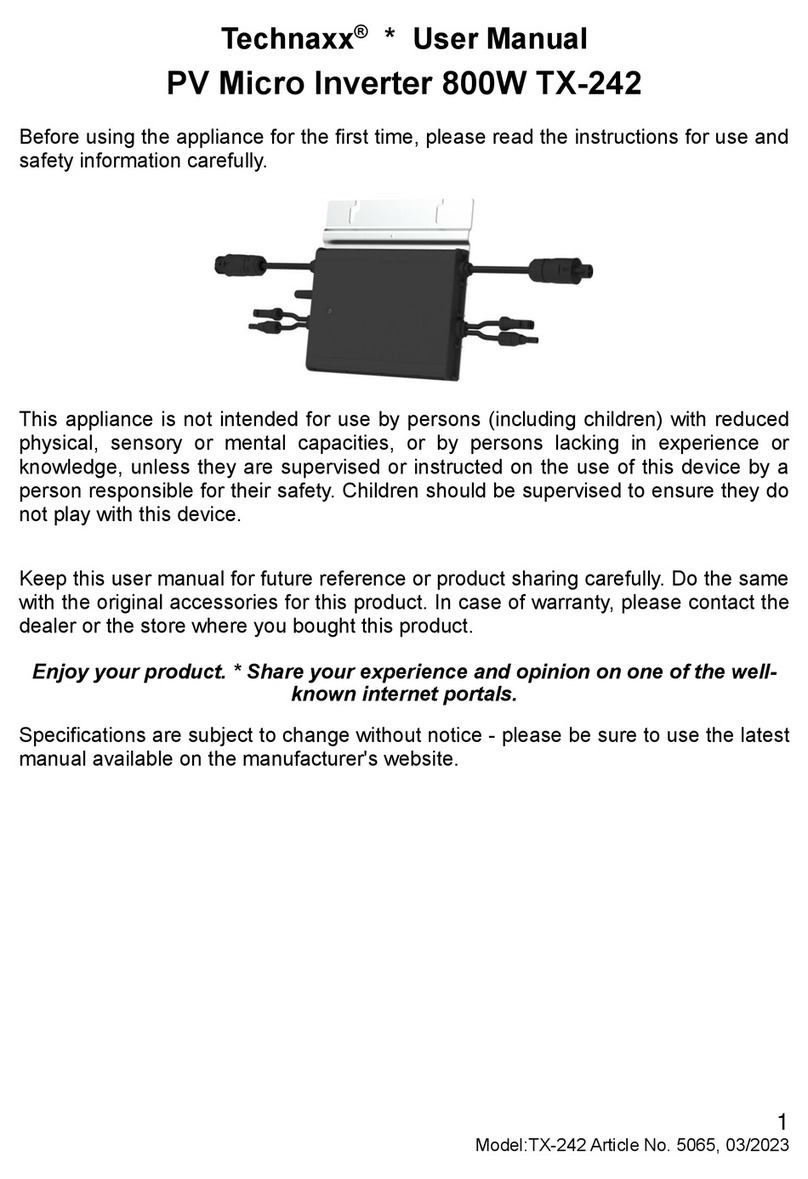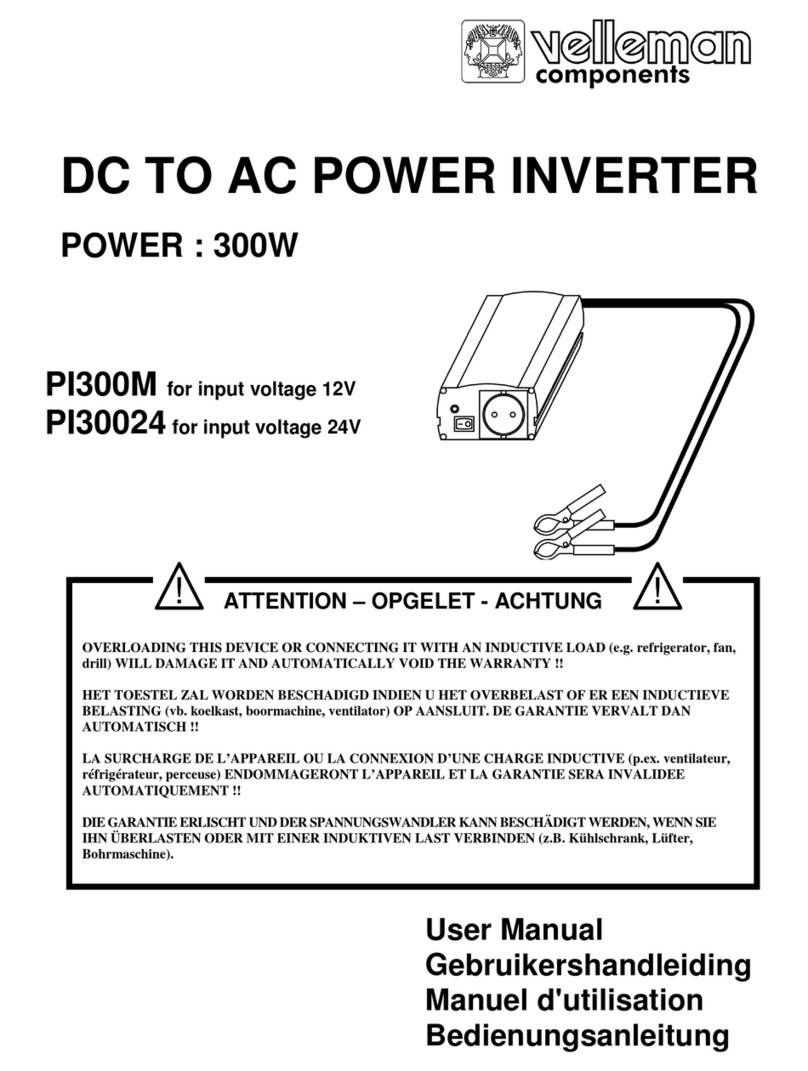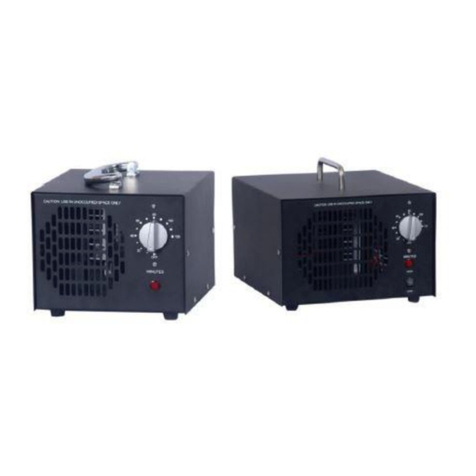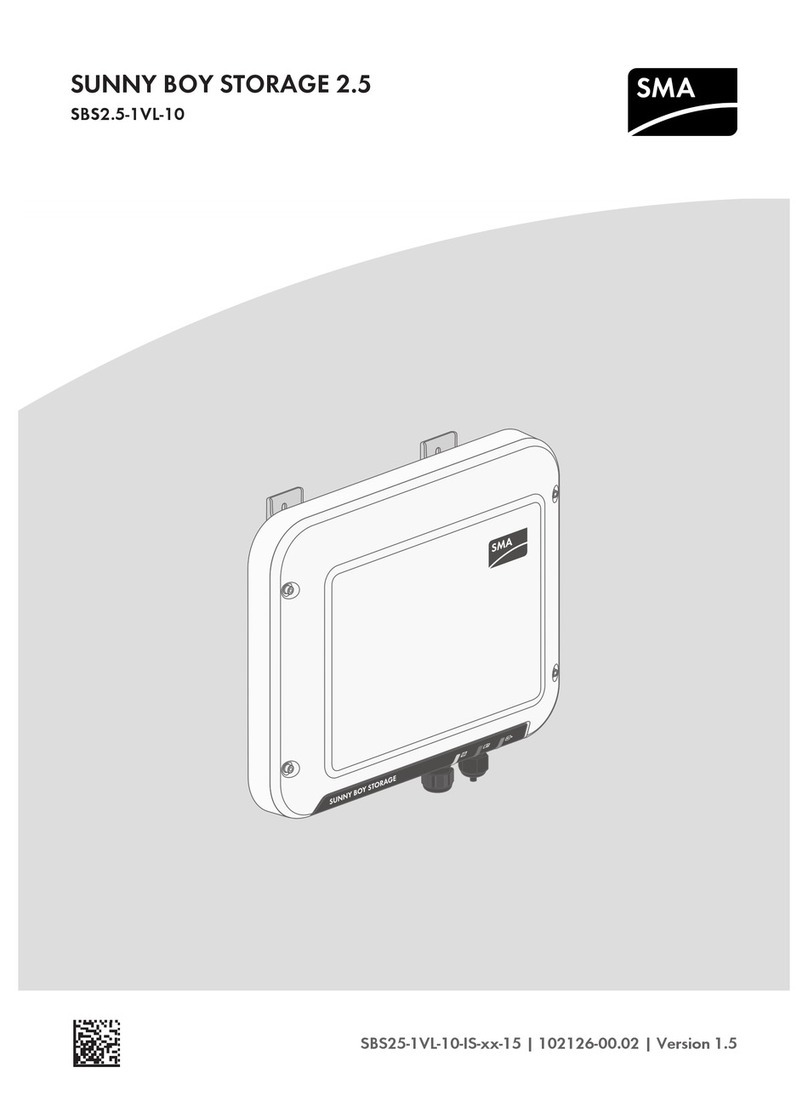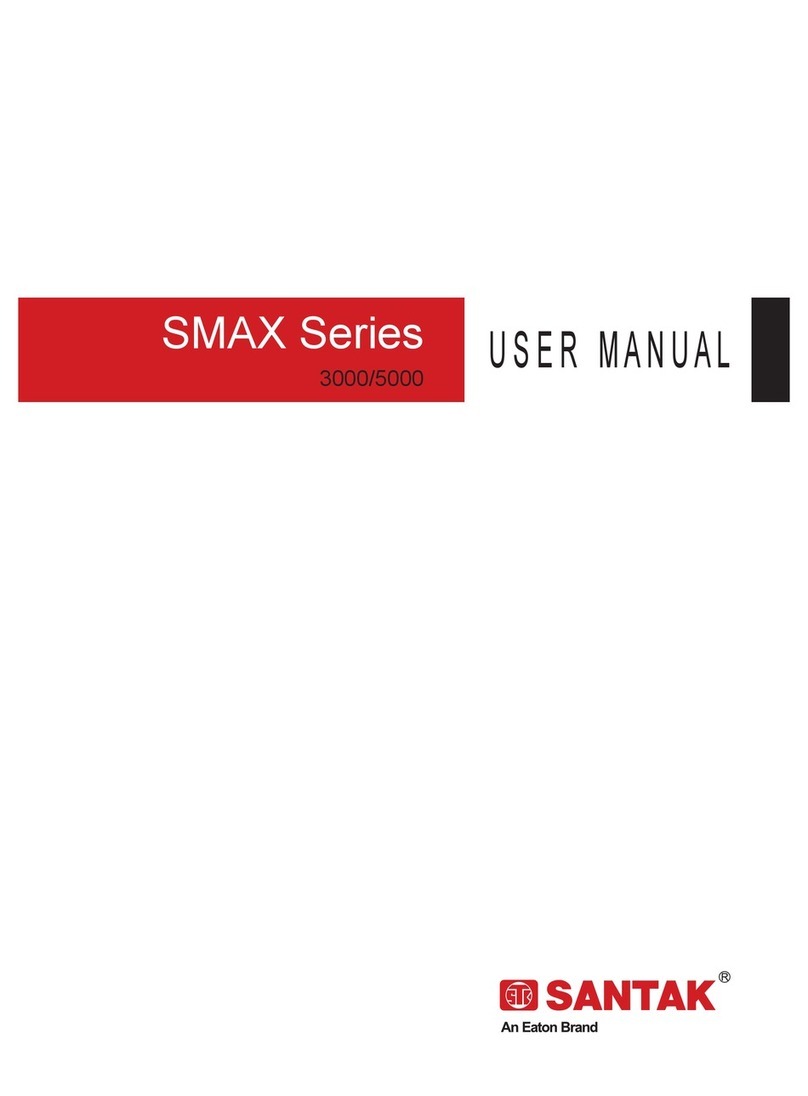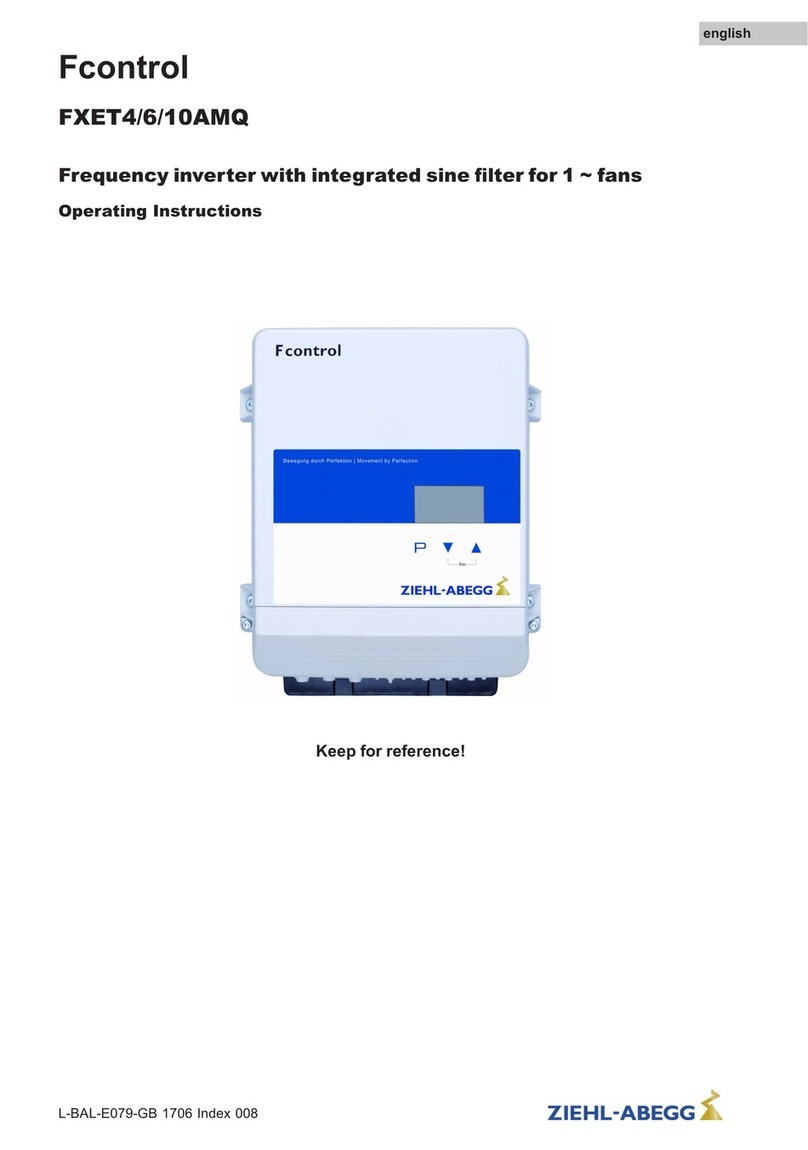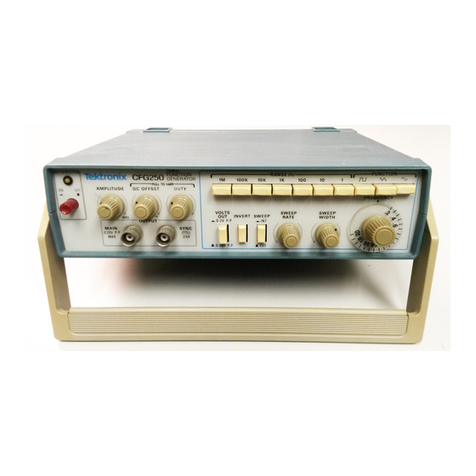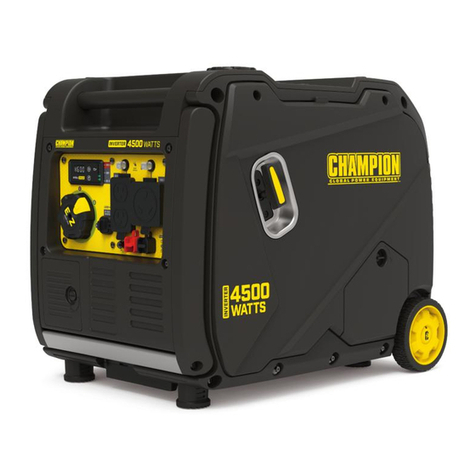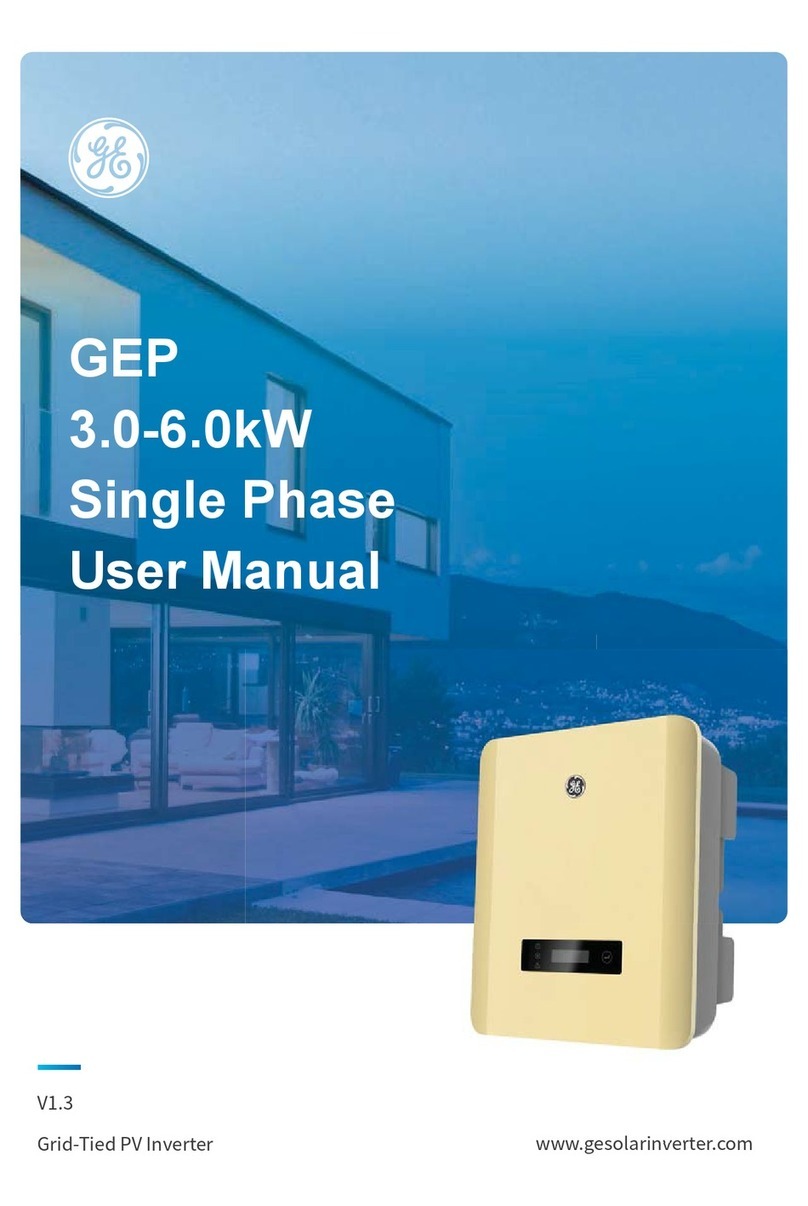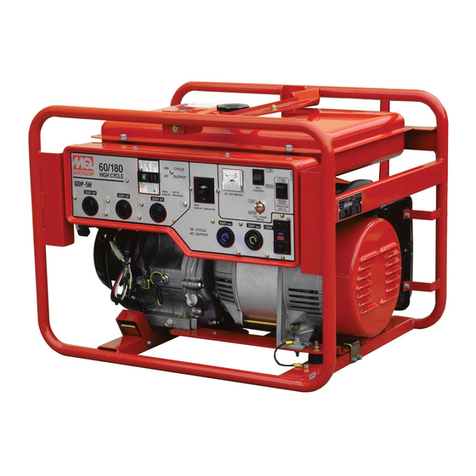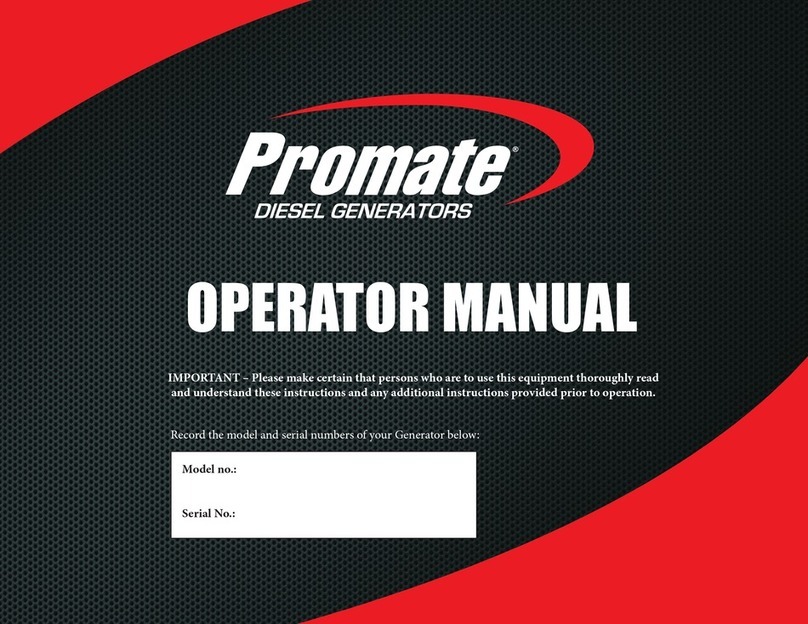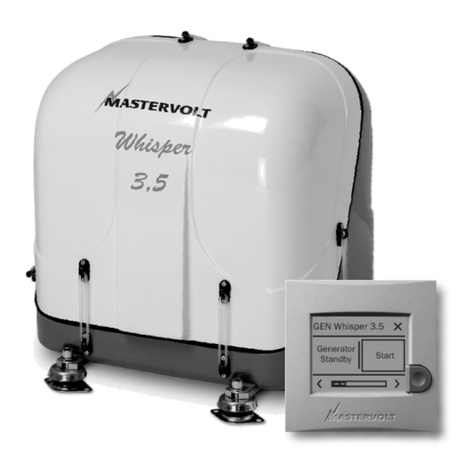Determine Battery Capacity
Battery type and battery size strongly affect the performance. Therefore, you
need to identify the type of loads your inverter will be powering and how much
you will be using them between charges. Once you know how much power
you will be using, you can determine how much battery capacity you need.
Technaxx recommends that you purchase as much battery capacity as
possible.
CAUTION: Risk of inverter damage.
The inverter must only be connected to a battery that has a nominal output
of 12V.
Not operate if connected to a 6/24V battery.
Voltage converter installation
Install the power inverter with suitable screws (not included):
in sturdy and even locations
on clean, dry and non-flammable surfaces,
in well ventilated areas.
Please be sure not to cover the vents.
Connecting the inverter
This Inverter has two DC cable connections, one positive and one negative.
The order of steps in the following procedure minimizes the danger of sparking
near the battery bank.
Prepare all cable set ends with ring terminals at the battery ends.
Select the OFF position on the inverter.
Remove the red positive(+) screw connector cap.
Slide the red positive(+) cable lead onto the red positive(+) screw connector
stud. Tighten the screw connector cap securely.
Remove the Black negative(-) screw connector cap.
Slide the Black negative(-) cable lead onto the Black negative(-) screw
connector stud. Tighten the screw connector cap securely.
Securely connect the red positive (+) cable lead to the positive (+) terminal
of the battery or power source.
